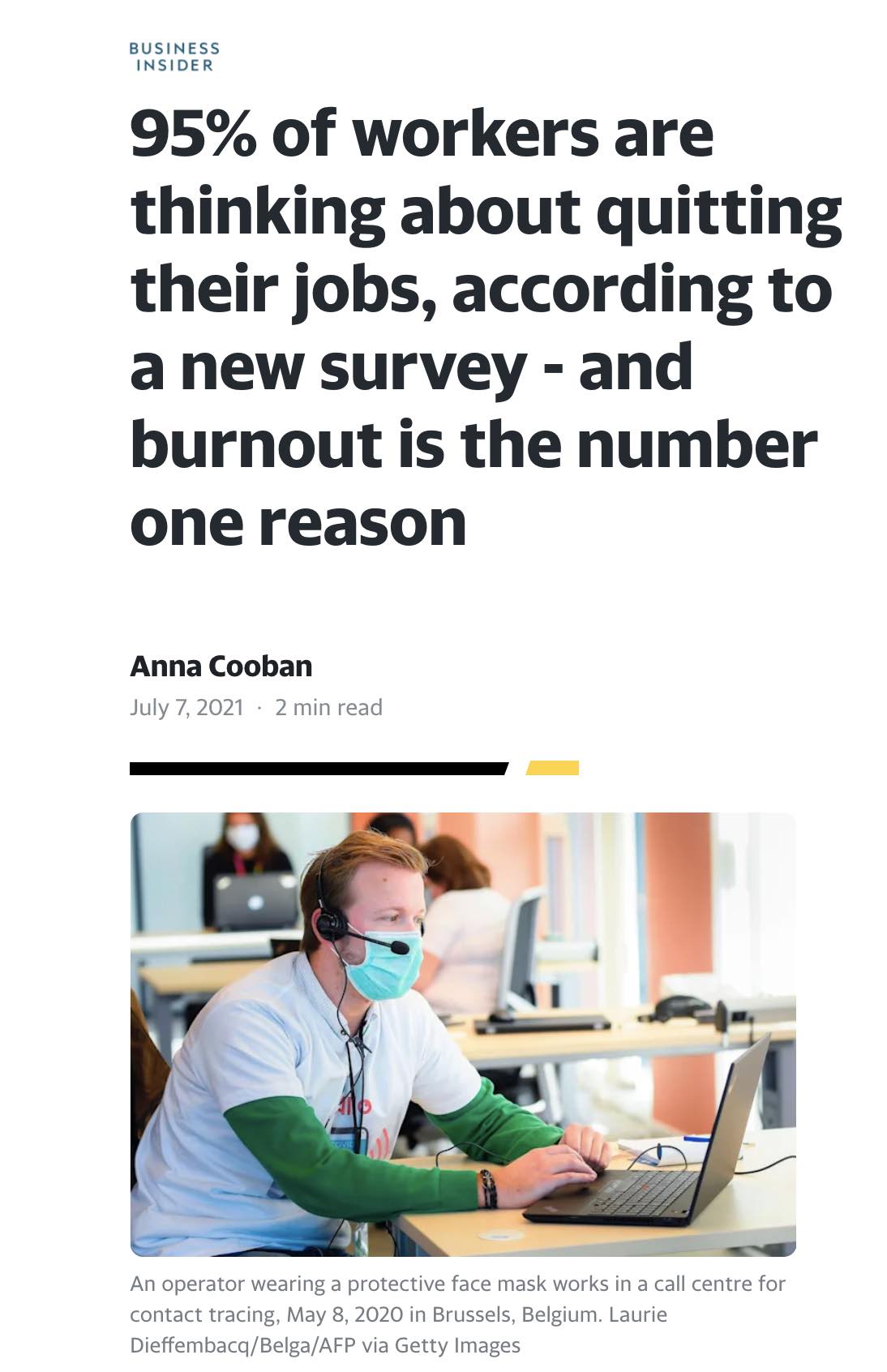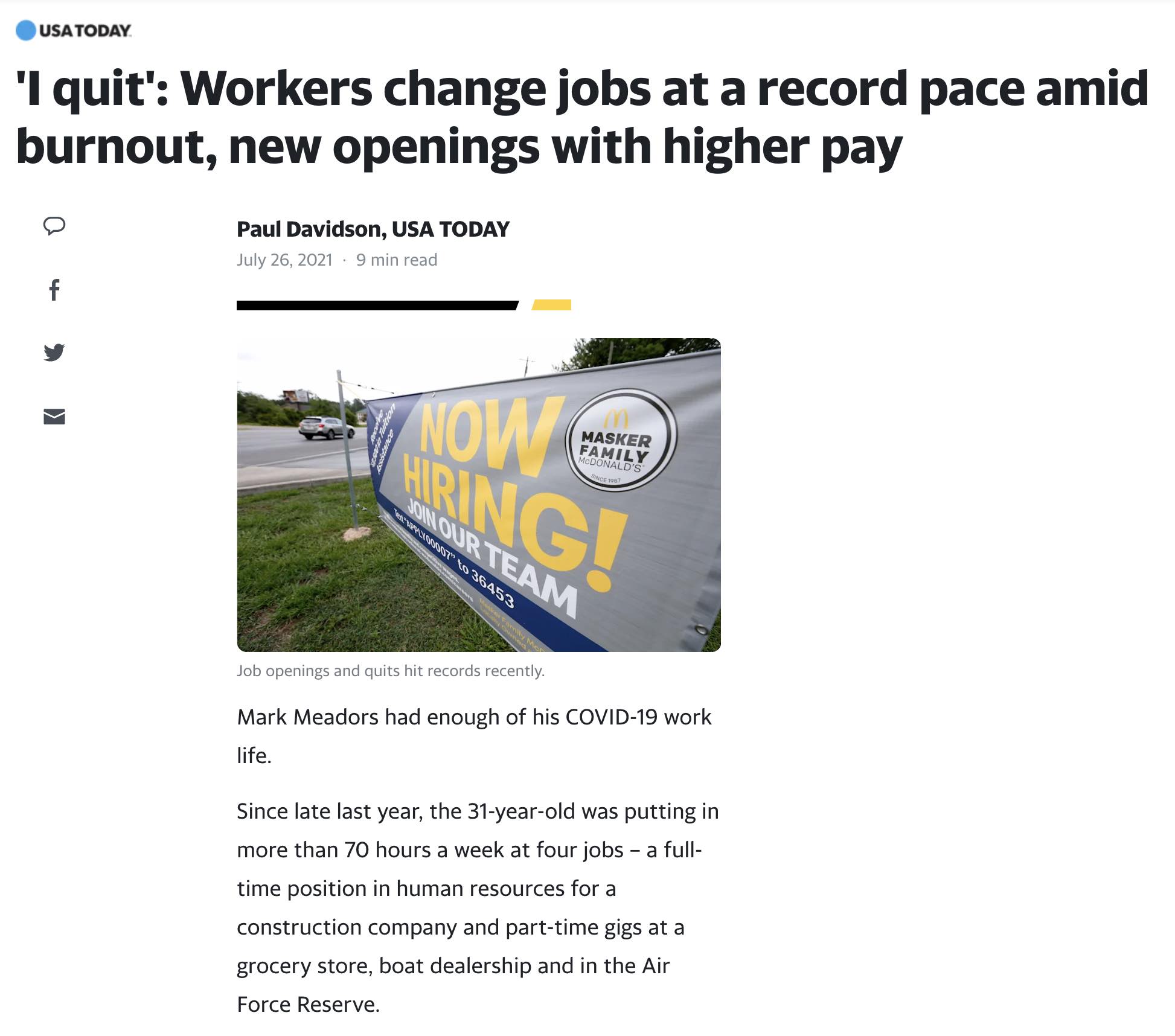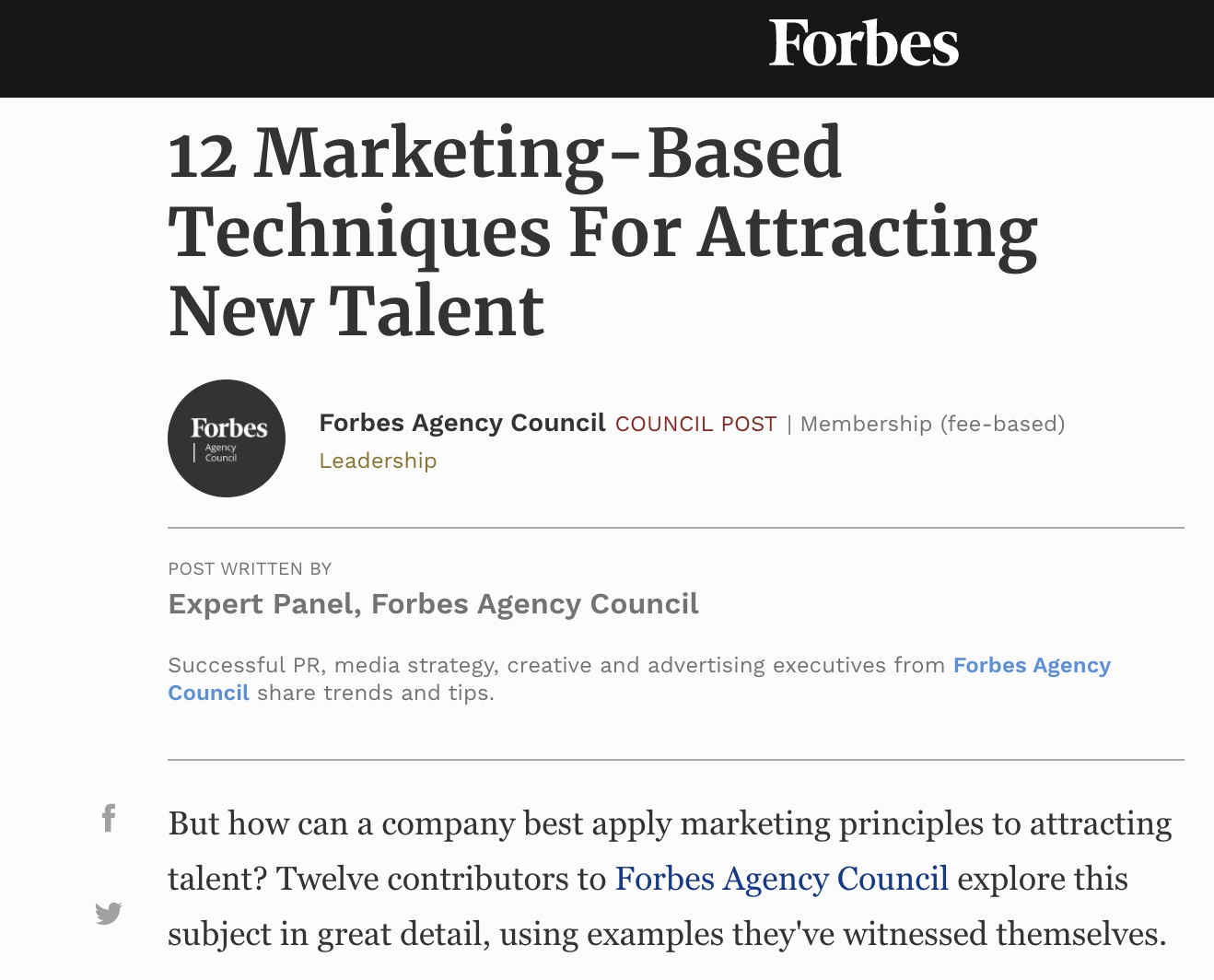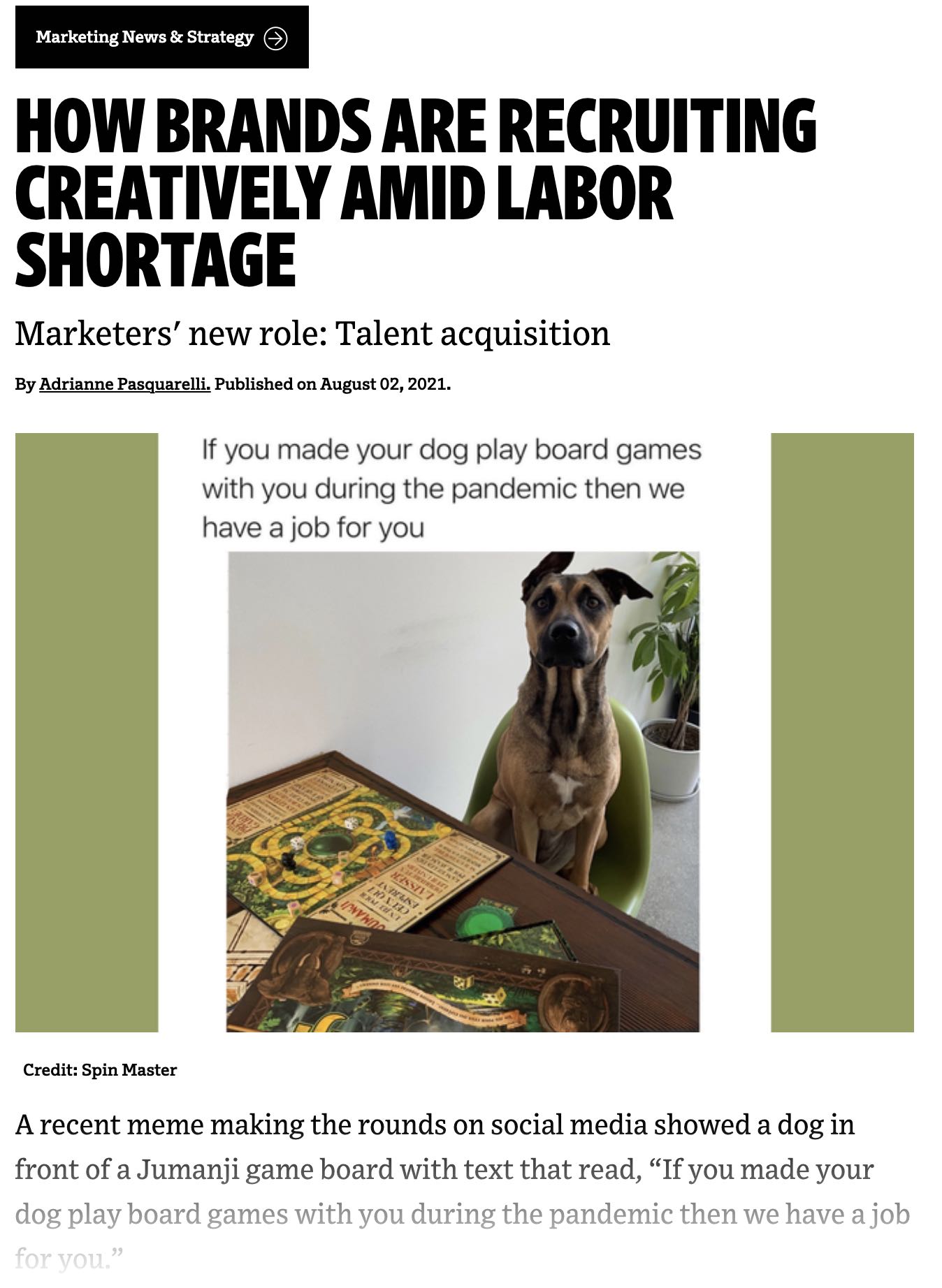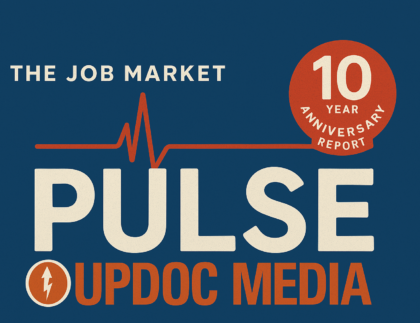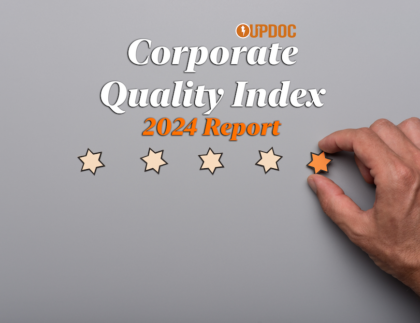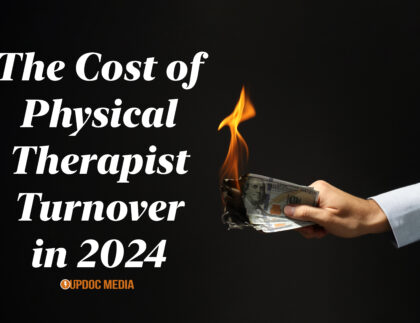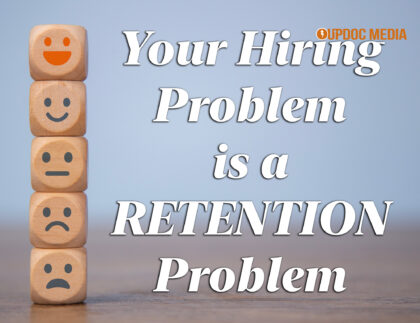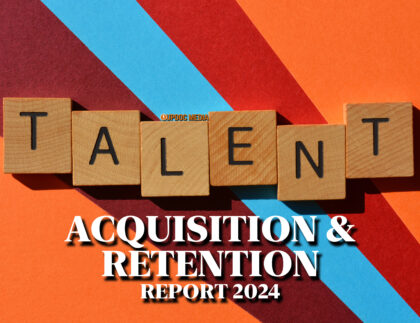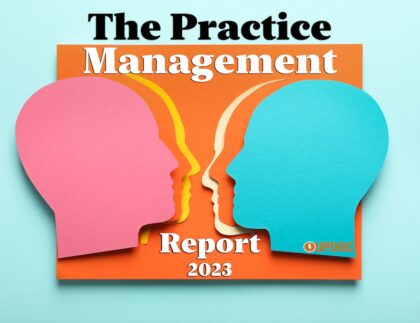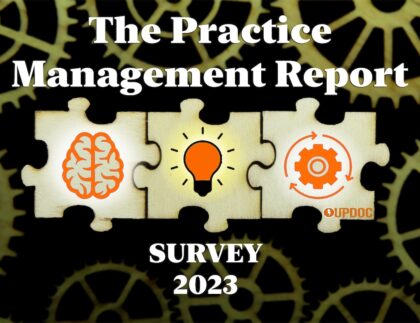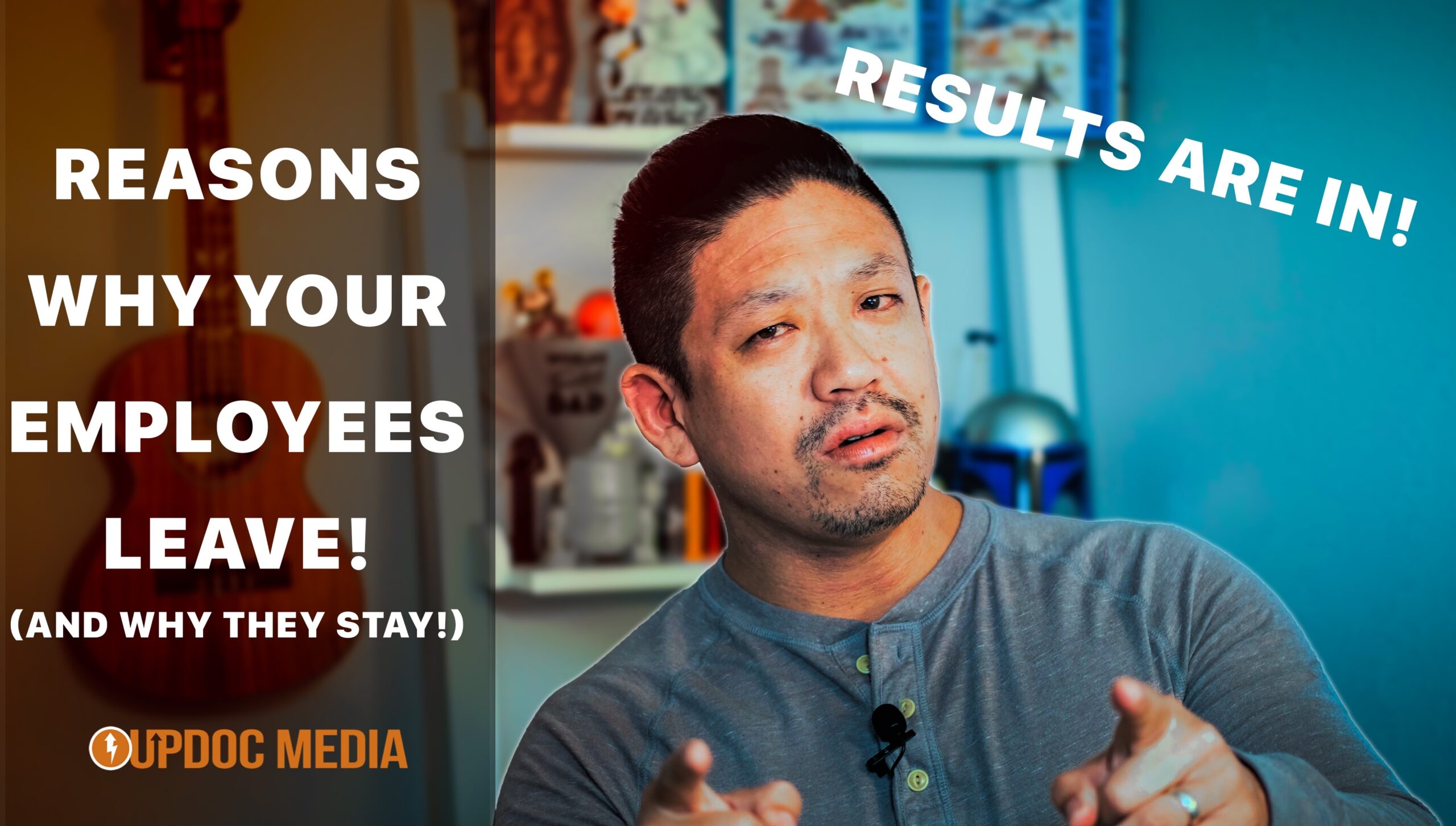
A common question asked across the job market is this:
"Which employers are worth working for?"
Top talent is constantly yearning for employment experiences that have a qualitative balance of favorable workplace conditions beyond the compensation package. They want to know about their team, the company culture, what the prospective supervisor is like, and if this organization can be regarded as a responsible corporate citizen. These are the very aspects we measure through the Corporate Quality Index.
Today, we are pleased to release the CQI Summer 2021 edition of this industry report series.
Be sure to give the above summary video a watch — we unpack a lot of context and additional insights to what is discussed in the report.
If you're ready to download the report you can click on the button above; or, scroll to the bottom and use the download form.
We also have some immediate discussion points available below, for those interested in the executive summary edition of the report — with a critical highlight on the looming human capital crisis within allied rehab therapy and healthcare at large.
Key Takeaway and Report Features Include:
- Corporate culture is made measurable.
- Turnover is going to be a nightmare throughout the 2020s.
- Employees at risk for turnover are not likely to be retained by a salary increase.
- There is evidence building for using CQI as predictive modeling for company turnover.
- New evidence, suggesting optimal organizational structure based on size and scale.
- Data delineation between organizational size (number of employees) and scale (number of locations).
- Nearly 300 listed employers with their respective quality indices, named in this report. You can reference this for future employment opportunities and/or how your workforce gauges your organization at present.
A Few Key Areas of Discussion
Obviously, more unpacked within the body of the report.
Ownership Mindset & Managing Mediocrity
A corporation's Tolerance to Mediocrity is a dangerous thing which requires ample attention in order to enact proper risk management.
There is building evidence that a workforce that is empowered with Ownership Mindset is strongly linked with a workforce that helps management stamp out mediocrity within their ranks.
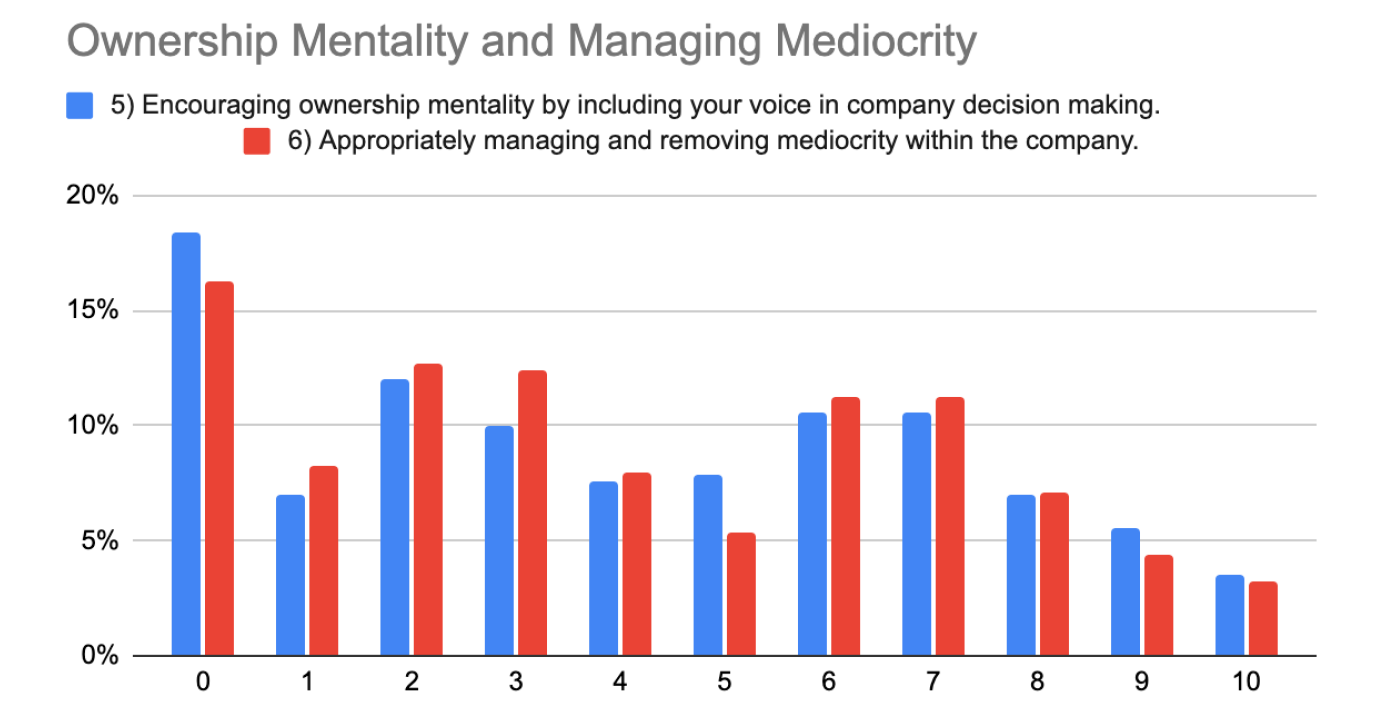
There are two of the lowest scoring items in the CQI. The numbers strongly suggest that unnecessary loss abounds in most companies — undetected and many times inadvertently rewarded.
Workplace Culture & Work Life Balance
The relationship between a corporation's culture and the perceived work life balance available to the workforce are strongly connected. You can begin exploring your company's circumstances here by asking yourself:
- "Does the stress of work follow my employees home?"
- "Does my staff have stress responses to work texts and emails?"
- "Are they happy to come into work in the morning?
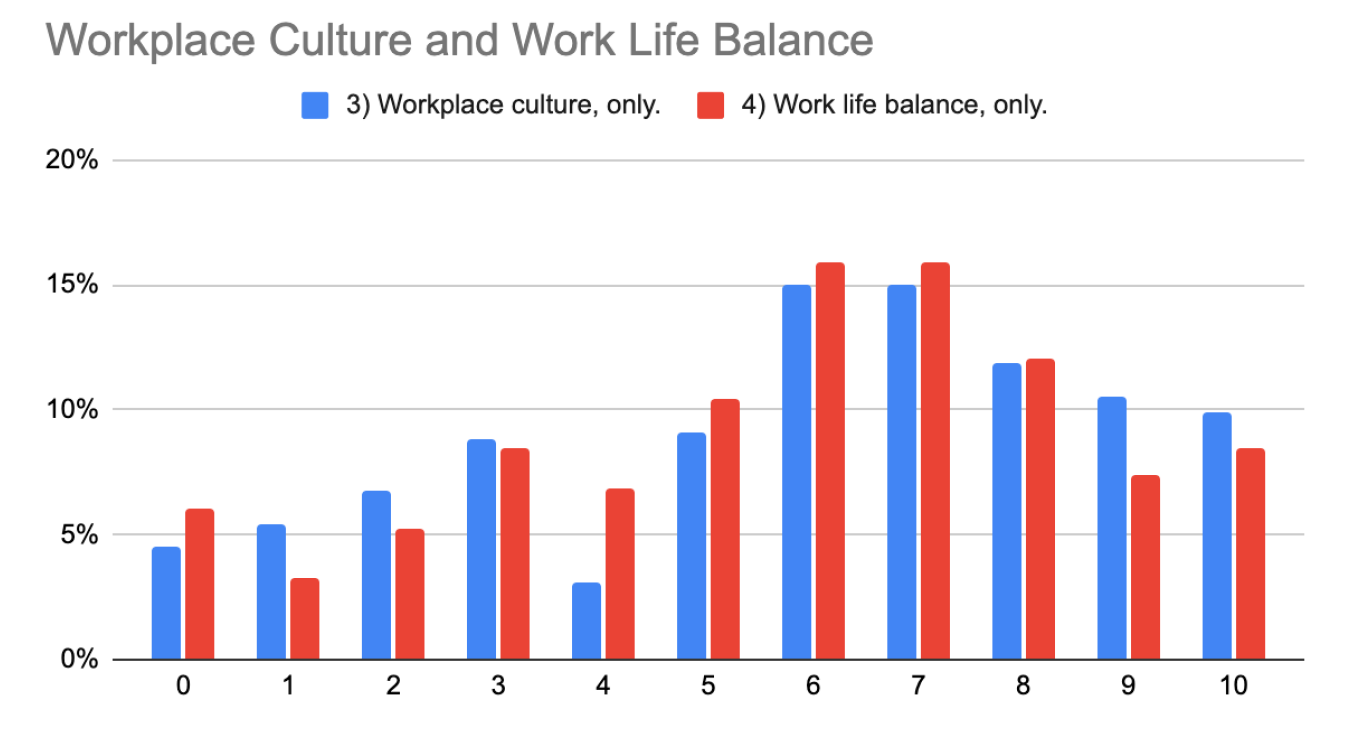
It's suggested that a company cannot have a strong Culture, without having first established good Work Life Balance.
The Earth Shakes: Predictive Modeling in Turnover Risks
We know from UpDoc's Talent Acquisition Report series that top talent keeps loyal to employers with good corporate cultures. Regardless of what the organization might be able to offer in compensation, it is the team they work with and the environment they work in that makes it or breaks it for an at risk employee.
There is also a culminating effect where strong talent creates good culture which attracts more strong talent. Like begets like. Excellence attracts excellence.
To this, as we were running analytics and statistics on the data set, we discovered an additional predictive value beyond culture — something that might enable organizations to detect the early warning signs of potential turnover risks AND creates considerable projection to other corporate quality measures.
After all, Intention to Stay is asked across "the next 12 months" — when that time comes, it is often too late. Savvy organizations that wish to cultivate stable human capital and talent pools must get ahead of the ball. The singular aspect within the Corporate Quality Index may very well serve to be the first line of defense in this regard.
We talk in depth about this
predictive index item in the report.
Intention to Stay
This is one of the most alarming results found in the CQI as an industry metric. This "U Shaped" distribution demonstrates that the majority of the workforce is otherwise ready to quit their job. Only a small minority seems to be truly satisfied with their current role. There is no in between.
- 24% of the workforce intends to stay.
- 55% of the workforce is ready to leave.
- The remainder are "neutral" to their circumstances.
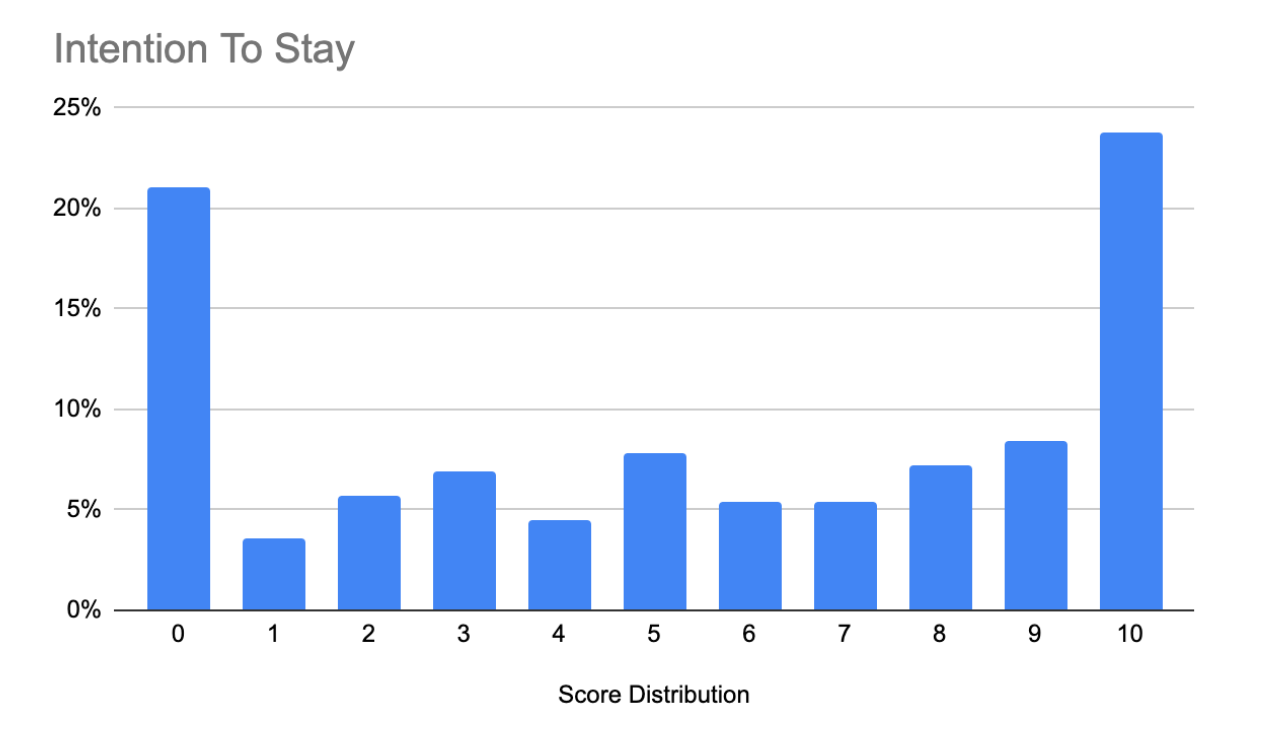
Almost 40% of the workforce resides on the 0-3 "Very Unfavorable" group. This should make HR directors and hiring managers immediately consider actions in gauging their workforce's current intentions.
The Looming Human Capital Crisis
Consider the following headlines from major outlets.
Headlines such as these are becoming increasingly common. The costs are becoming insurmountable in the form of downstream costs to employer organizations, instability for the workforce, loss of production, and ultimately rising prices for consumers.
With such drastic and downtrodden movements from the workforce at large, savvy organizations have made the appropriate shifts in tasking their marketing departments in shifting their attention to Talent as much as it has been to Consumers.
The 80-20 Rule — Marketing for Talent
As a final discussion point before the report sign up. When the universe wants balance, it seems to often utilize the 80-20 rule. For a long time now, we've been advocating that 80% of your organization's marketing efforts be focused on the consumer front with 20% dedicated to talent acquisition and retention. After all, for most organizations, without human capital... there is no production.
As such, there is growing sentiment that it might be time to flip that script; spending 80% of marketing resources on talent acquisition and retention and 20% on customer acquisition and retention.
Just as organizations labor to attract new customers and keep current ones, corporations that invest wisely in their human capital will do the same. If you wish to learn more about Talent Retention and Hiring for 2021, please explore:
